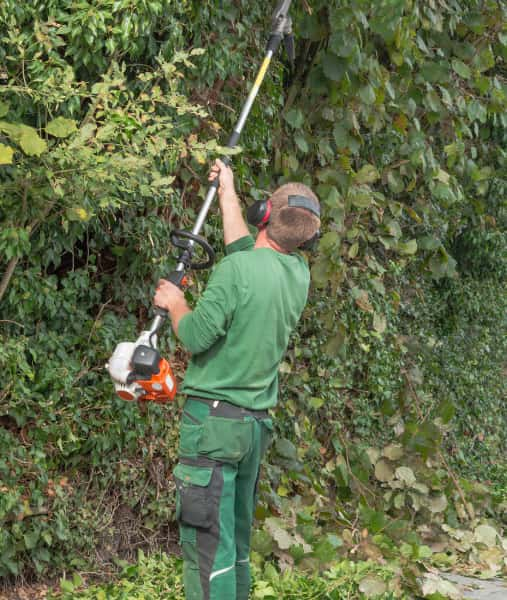Introduction: Arboriculture, the science and practice of tree care and management, has seen significant advancements in recent years thanks to technology. Tree trimming, a critical aspect of arboriculture, has evolved with the integration of cutting-edge tools and techniques. In this blog post, Newmarket Tree Surgeons explores the exciting future of tree trimming and how technological innovations are revolutionising how arborists care for trees.
1. Aerial Drones for Precision Trimming
Aerial drones equipped with high-resolution cameras and cutting tools are changing the game in tree trimming. Arborists can now assess tree health, identify overgrown branches, and trim them with precision from the air. This increases safety and allows for the efficient maintenance of hard-to-reach trees, including those on steep slopes or in densely wooded areas.
2. LiDAR Technology for Tree Health Assessment
LiDAR (Light Detection and Ranging) technology makes assessing tree health and structure easier. LiDAR-equipped sensors can create 3D models of trees, enabling arborists to identify weak or diseased branches and hidden defects. This technology enhances the accuracy of tree trimming decisions, ensuring that only necessary branches are removed.
3. Tree Growth Monitoring Sensors
Tree growth monitoring sensors, including soil moisture sensors and sap flow meters, provide real-time data on a tree’s health. Arborists can use this information to determine when and where tree trimming is required. By tailoring trimming schedules to the specific needs of each tree, it is possible to optimise growth and minimise stress.
4. Automated Robotic Pruners
Automated robotic pruners are designed to trim branches carefully and sion carefully. These machines have sensors and algorithms that analyse branch structure and growth patterns before cutting. They are ideal for repetitive and precise pruning tasks, improving efficiency and reducing the risk of human error.
5. Biocontrol Solutions for Pest Management
Biological control methods are becoming increasingly popular for managing tree pests and diseases. Beneficial insects, fungi, and other organisms combat harmful pests. By controlling pest populations naturally, arborists can help trees thrive without the need for extensive trimming to remove damaged branches.
6. Virtual Reality (VR) Training
Virtual reality training programs are used to train arborists in tree-trimming techniques. VR simulations allow trainees to practice their skills in a realistic virtual environment, improving their proficiency and safety when working with real trees.
7. Machine Learning and Artificial Intelligence (AI)
Machine learning and AI algorithms are being developed to analyse large tree health and growth datasets. These technologies can predict future growth patterns and recommend specific trimming strategies to maintain tree health and aesthetics.
Conclusion: The future of tree trimming is filled with promise, thanks to technological advancements in arboriculture. These innovations are not only improving the efficiency and safety of tree trimming but also enhancing our ability to care for trees more precisely and sustainably. As Newmarket Tree Surgeons embraces these cutting-edge technologies, we are committed to providing the best possible tree care services while preserving and protecting our natural environment. The future of tree trimming is here, and it’s an exciting time for arborists and tree lovers alike.
Call us on: 01638 591 692
Click here to find out more about Newmarket Tree Surgeons
Click here to complete our contact form and see how we can help with your tree’s needs.

